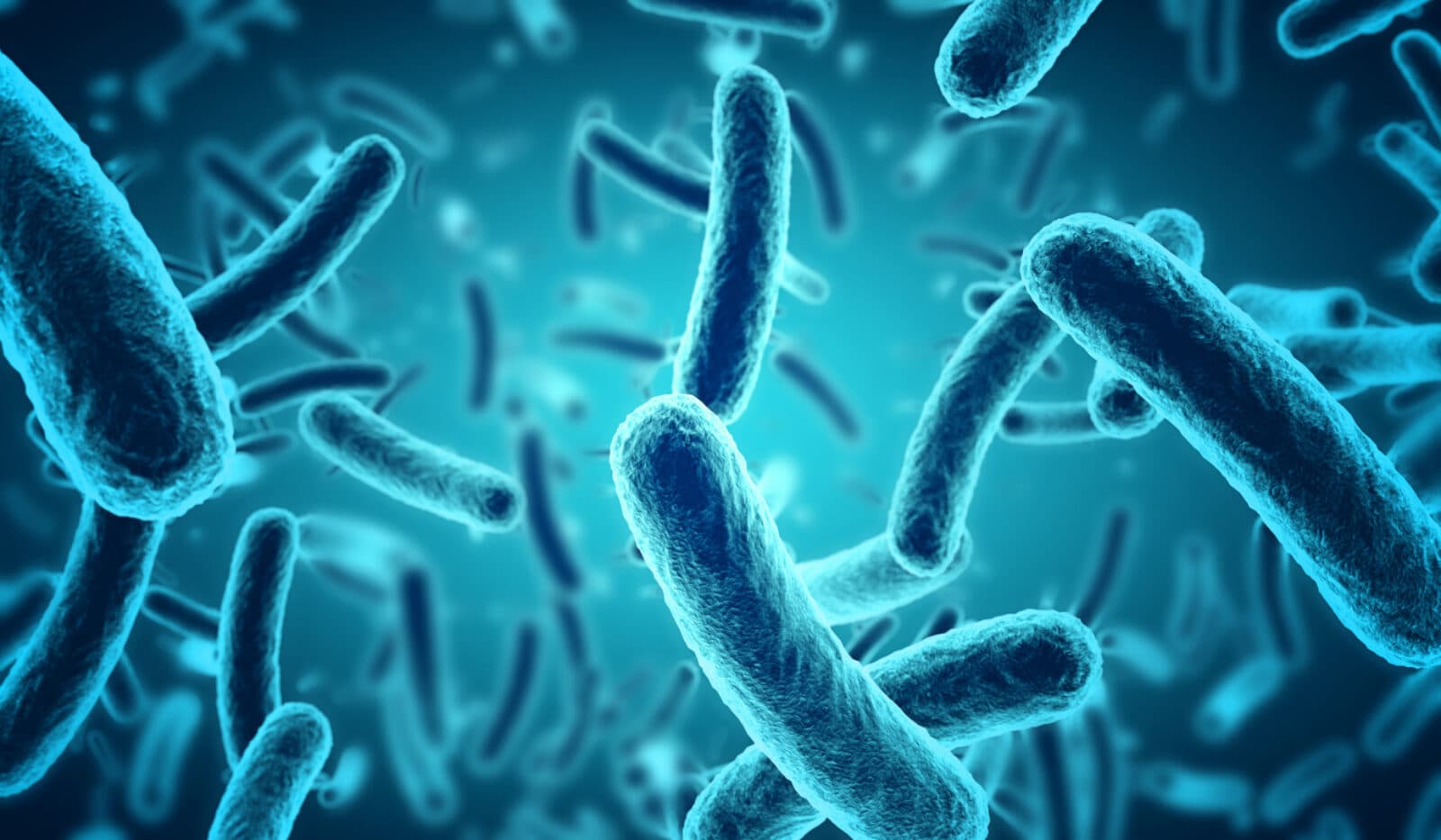Bacterial Data and Quantum Computing
by Alan S. Brown
At Kavli Nanoscience Institutes, recent discoveries could have applications around the corner

The Author
The type of fundamental research led by Kavli Institute scientists often produces profound insights into the nature of our world, but practical applications often lie years or even decades in the future. Recently, though, the emphasis is on research that could make a difference sooner rather than later. On the nanobiology front, Kavli researchers have discovered the mechanism by which RNA viruses (like Covid-19) create variants, while a second team has developed a machine learning model that accurately predicts which bacteria will share genetic traits with one another. On the physics side, Caltech is opening its first-ever on-campus collaboration with a corporate partner, Amazon, to scale up quantum computing. We also note the development of a three-atom-thick system for polarizing light that could dramatically boost the ability of optical fibers to carry data.
“Hiccups” cause virus variants
New research has illuminated the mechanism by which RNA viruses like Covid-19, create new variants. The work was led by Nynke Dekker, a member of the Kavli Institute of Nanoscience Delft, and colleagues from University of North Carolina. Dekker’s team first studied how RNA viruses replicate themselves. They found that when there is a “hiccup” in the replication process, the protein machinery that copies RNA (polymerase) will jump from one RNA strand to another and continue copying from there. This creates random variation in the resulting RNA virus. Dekker then reached out to North Carolina to trace the consequences of these mutations in cells and finally in mice. One surprise finding is that when researchers deployed large amounts of antiviral drugs that target the copying mechanism, they chop up enough virus strands so they cannot be copied. In lower doses, however, the drug can actually trigger “hiccups” that encourage new variants.
Fighting antibiotic-resistant germs with data
Antibiotic-resistant genes have become a significant problem because of something called horizontal gene transfer, the ability of a bacteria that develops resistance to a medication to transfer that trait to other bacteria. Still, not all bacteria choose swap genes, and scientists do not know why some do and others do not. So, Ilana Brito, a member of the Kavli Institute at Cornell for Nanoscale Science decided to use machine learning to figure out which organisms swapped genes with other genes. Instead of trying to do this one bacterium at a time, she looked at know bacteria genomes and their various functions to identify distinct signatures that she could trace. The machine learning algorithms then traced that information to identify multiple networks of antibiotic resistance across different strains of the same organisms. Not only did machine learning predict with remarkably high accuracy which organisms would swap genetic information, but it also predicted transfers from unknown pathogens in the human gut and oral microbiomes.
Caltech, Amazon launch quantum computing hub
California Institute of Technology and Amazon Web Services are opening the new AWS Center for Quantum Computing to develop the hardware and algorithms needed to create powerful and robust quantum computers. Such devices could revolutionize everything from data security and machine learning to sustainability practices and pharmaceutical development. Oscar Painter, a member of the school’s Kavli Nanoscience Institute, heads up the center’s hardware program. While today’s best quantum computer prototypes use only a few dozen qubits—equivalent to the bits used in conventional computers—the center wants to scale to hundreds and then thousands of qubits. The problem is that qubits are fragile. They must be held at temperatures close to absolute zero to remain in superposition, where they can be both 1 and 0 at the same time, which makes them exponentially more powerful than bits in classical computers, which are either 1 or 0. Unfortunately, tiny temperature fluctuations and vibrations can nudge them out of that state. This happens about once every thousand operations, compared to once per billion billion operations for classical computers. Right now, prototypes overcome this problem with error-correction hardware, but this will be hard to scale. The center’s goal, Painter said, is to develop an architecture that will support thousands of qubits.
Three-atom-thick film lights it up
A team led by Harry Atwater, a member of the Kavli Nanoscience Institute at Caltech and director of the Liquid Sunlight Alliance has developed a way to polarize light using a film of black phosphorous only three atoms thick. It may not sound like much, but it could be a game changer in telecommunications, which uses light move information across the internet. Today’s technologies, which often use LCDs to manipulate light, allow a single optical fiber roughly the thickness of a human hair to carry up to 25,000 telephone calls at once. Using black phosphorous to polarize light, which changes the angle at which light oscillates so signals do not interfere and cancel one another out, is a million times faster than LCDs. This has the potential to increase the amount of information existing optical cables can handle.
Nanoscience at core of sustainable future
Caltech has published an in-depth interview on sustainability with Harry Atwater, a member of the school’s Kavli Nanoscience Institute and director of the Liquid Sunlight Alliance (LiSA). The interview’s focus is on turning sunlight into liquid fuel, but it also serves as an excellent introduction to the future of solar power. Atwater touches on whether thin-film material might supplant silicon in solar cells, and points to two-sided solar cells, which capture both direct sunlight and its reflection off the ground, as a key emerging technology. He provides an update on LiSA, whose goal is to create liquid fuels and chemicals from carbon dioxide in the atmosphere. The researchers are currently able to produce those molecules with one and two carbon atoms, but need to reach seven to 17 carbon atoms to achieve their goals. He also discusses the Space Solar Power Project, which is developing technologies to beam energy to Earth from space, where the sun is always shinning.